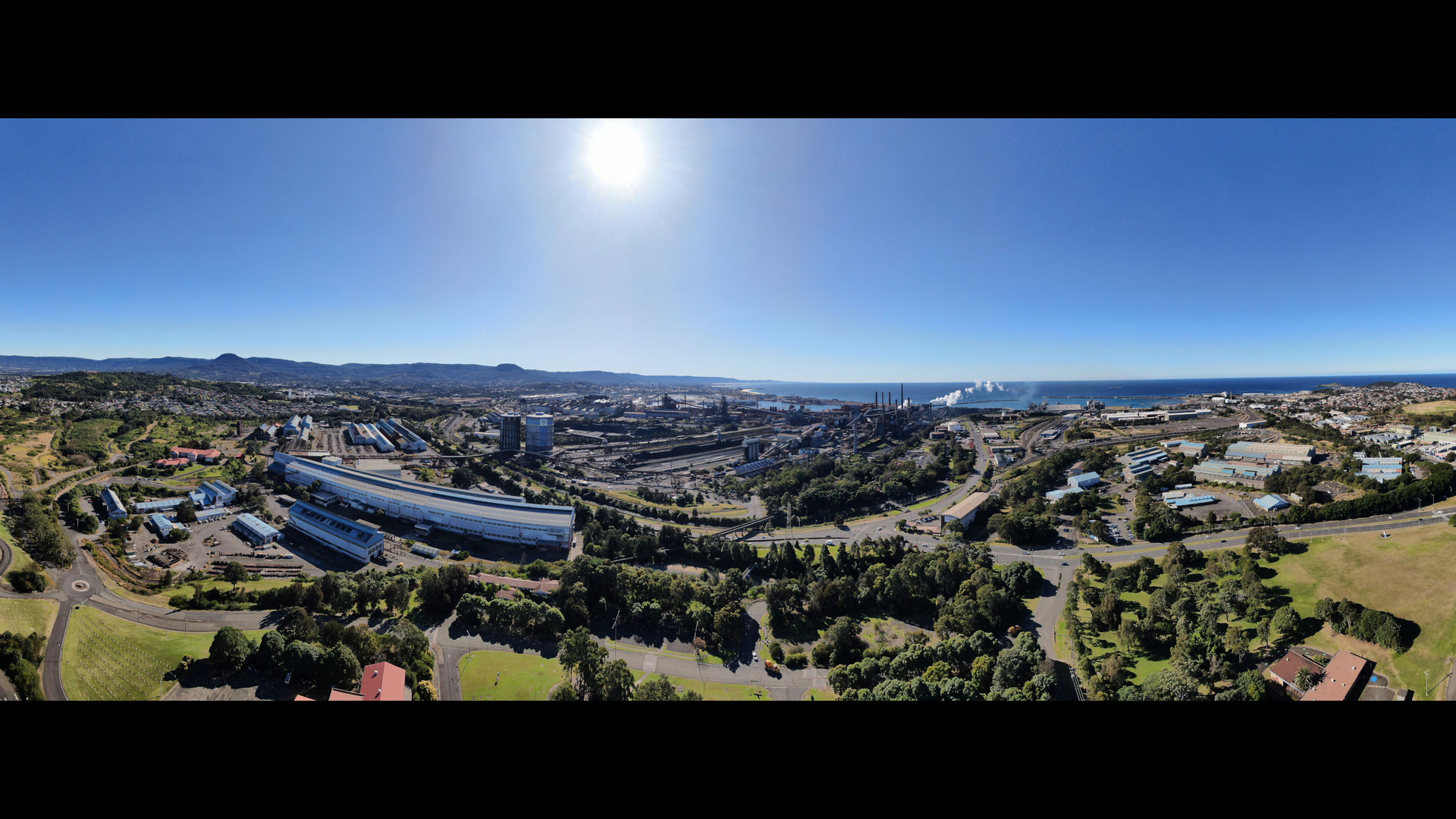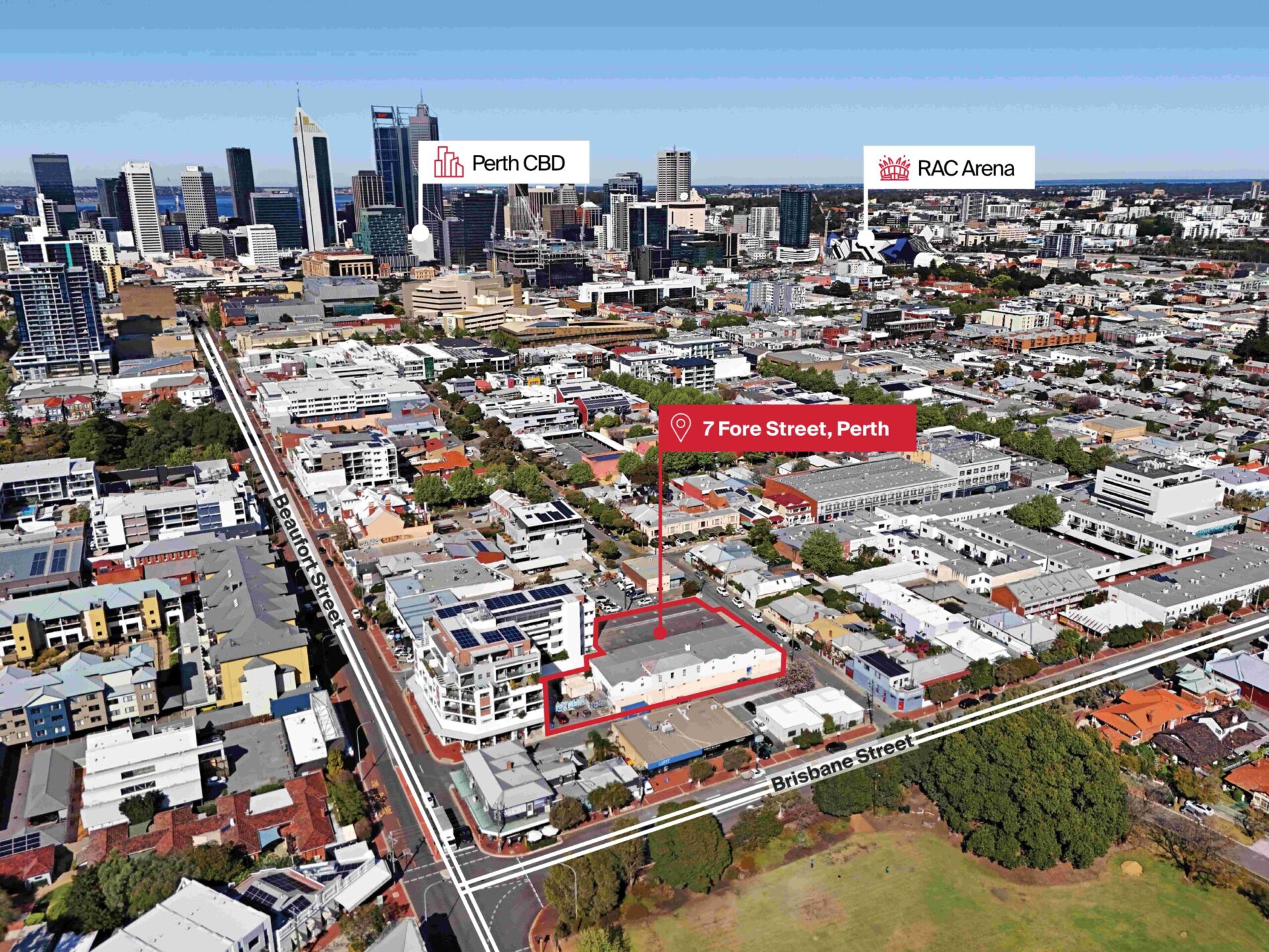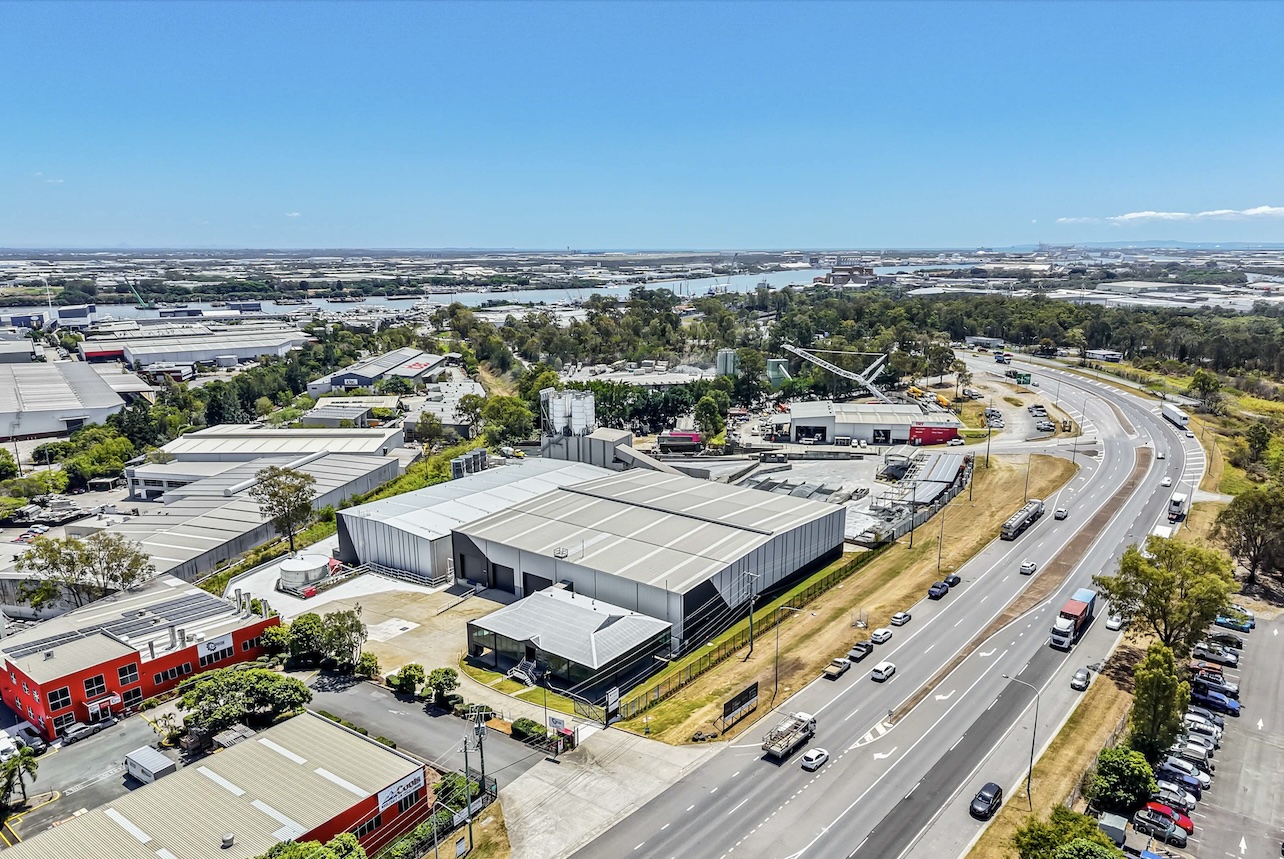Sydney and Melbourne Infill Industrial Markets Set to Outperform as E-commerce Plays Catch-up | JLL
19 June 2025
JLL research shows rental premiums for inner-city industrial assets widening significantly as Australia’s e-commerce sector accelerates toward global benchmarks.
Sydney’s inner industrial locations now command a 32% rental premium over outer suburbs, up from just 12% in 2021, while Melbourne’s premium has grown from 19% to 30% during the same period, according to JLL research examining the performance of infill industrial markets in Australia’s two largest cities.
Australia’s e-commerce penetration rate of 13.8% significantly lags international markets, with the UK (29.1%), China (29.9%), USA (24.6%) and Canada (20.6%) all exceeding 20%, suggesting substantial room for growth as Australian consumers continue to embrace online shopping habits.
Andrew Ballantyne, Head of Research – Australasia at JLL, said, “Infill industrial locations benefit from a scarcity premium. We see a diverse range of space users from those servicing the local economy, last mile logistics and e-commerce keeping vacancy rates low in these precincts. Investors view these locations as having robust tenant demand fundamentals and minimal supply-risk.”
The research reveals that Sydney’s inner industrial precincts have substantially lower supply per capita (1.9 sqm) compared to outer precincts (7.8 sqm), while Melbourne currently shows equal supply per capita across inner and outer locations (5.9 sqm). However, this balance is expected to shift as inner industrial precincts face declining land supply and increased competition from residential and other commercial uses.
“Australia’s e-commerce market share remains lower than comparable countries. Infill industrial sites have strategic importance for the e-commerce supply chain as they are located close to the end customer and can assist with the retailer challenge of reverse logistics. The return rate for online product can be as high as 30% and is a major logistical challenge for e-commerce retailers to navigate,” Mr Ballantyne explained.
Land values in inner Sydney and Melbourne have delivered exceptional long-term growth of 8.2% annually since 1980, with recent years showing even stronger performance. This growth has accelerated as industrial land supply has decreased by 2% in Sydney and 11% in Melbourne’s inner areas, while outer areas have increased by 50% and 37% respectively.
With Australia projected to add 2 million people by 2029 – 62% concentrated in Sydney, Melbourne and Brisbane – pressure on inner-city logistics space will only intensify. This population growth coincides with Australia’s retail turnover now sitting 33% above pre-pandemic levels, creating robust demand fundamentals for industrial assets.
Mr Ballantyne added, “Australia has the benefit of being a high population and high-income growth country. The combination of these factors makes it an attractive geography for multi-national retailers as discretionary spending potential is high in Sydney and Melbourne.”
Commenting on the strategic importance of infill locations, Natasha Beljic, Director of Real Estate at Urban Logistic Co., manager and operator of Australia’s largest pure-play infill industrial portfolio, added, “The economics of modern supply chains make infill logistics locations indispensable to our tenants. The proximity to customers, workforce, and transport nodes that infill locations provide translates directly into operational efficiency and competitive advantage. This fundamental economic reality, combined with the scarcity of supply in prime infill markets, creates exceptionally strong and sustainable tenant demand that underpins our investment thesis.”
The research comes as NSW prepares to finalise its Industrial Lands Action Plan later this year, which could allow alternative uses for underutilised industrial lands and potentially reduce inner industrial precinct supply further.
Australian and international case studies demonstrate that urban logistics assets consistently outperform industrial properties in outer locations across rental growth metrics. European urban logistics have achieved 7.1% compound annual rental growth over five years, while London’s industrial assets have outperformed the UK average with 3.7% annual growth since 2000.
“Sydney and Melbourne’s infill industrial markets will benefit strongly from e-commerce growth as occupiers seek locations within high-density urban areas to meet consumer delivery expectations,” Mr Ballantyne concluded.






